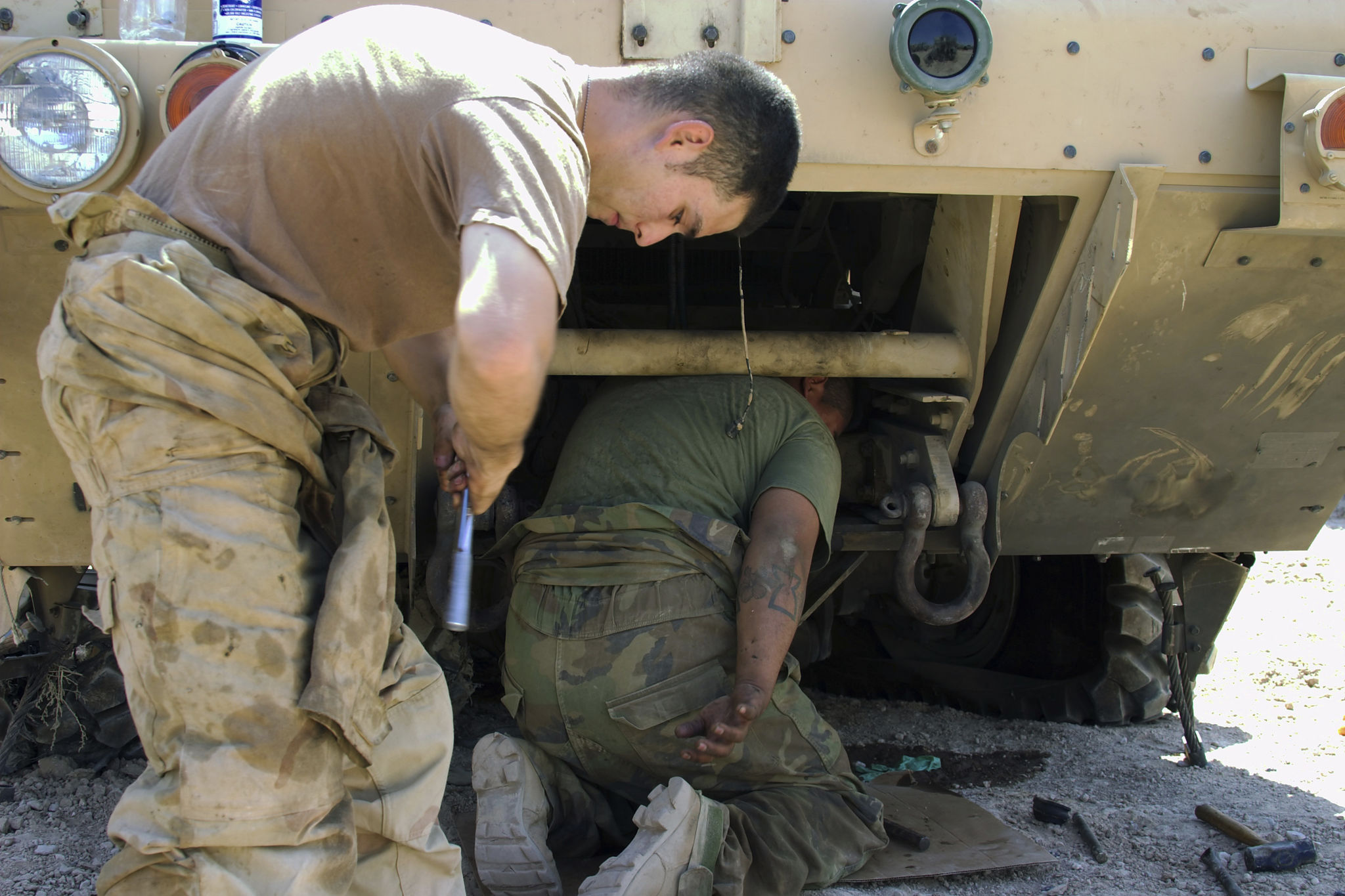Understanding Digital Twins and Their Impact on Military Readiness
What Are Digital Twins?
A digital twin is a virtual representation of a physical object, system, or process. These digital replicas are used to simulate, analyze, and optimize real-world counterparts by leveraging data from various sources. In essence, digital twins provide a bridge between the physical and digital worlds, allowing for a deeper understanding and more precise control of physical entities.
The concept of digital twins has gained significant traction in various industries, from manufacturing to healthcare. In the military sector, digital twins are being increasingly adopted to enhance operational efficiency and readiness. By creating a virtual model of military assets, systems, or processes, stakeholders can anticipate potential issues, optimize performance, and improve decision-making processes.

Enhancing Military Training with Digital Twins
One of the most impactful applications of digital twins in the military is in training and simulation. Traditional military training exercises can be costly and logistically challenging. Digital twins offer a cost-effective and flexible alternative by providing realistic simulations that can be tailored to various scenarios.
Through these simulations, military personnel can engage in virtual exercises that mimic real-world environments and situations. This allows for safe and controlled training, where soldiers can practice critical skills without the risk of injury or equipment damage. Moreover, these simulations can be repeated as needed, enabling continuous learning and skill refinement.

Optimizing Maintenance and Logistics
Another significant advantage of digital twins is their ability to optimize maintenance and logistics. By continuously monitoring the condition of military equipment through their digital counterparts, maintenance can be predicted and scheduled proactively. This predictive maintenance reduces unplanned downtimes and extends the lifespan of assets.
Digital twins also facilitate more efficient logistics planning. By analyzing data from various sources, military logisticians can optimize supply chain operations, ensuring that resources are allocated effectively and reach their intended destination in a timely manner. This enhances overall operational readiness and efficiency.

Improving Decision-Making and Strategy
The strategic advantage offered by digital twins is substantial. With accurate data representation, military planners can simulate different scenarios to predict outcomes and assess risks. This capability allows for more informed decision-making, especially in complex environments where multiple variables are at play.
Moreover, the integration of artificial intelligence with digital twins further enhances strategic planning. AI algorithms can process and analyze vast amounts of data quickly, providing insights that would be difficult to obtain through traditional methods. This combination of digital twins and AI leads to more agile and responsive military operations.

The Future of Digital Twins in Military Applications
The adoption of digital twins in the military is poised to grow as technology advances. Emerging technologies such as the Internet of Things (IoT) and 5G connectivity will further enhance the capabilities of digital twins, making them even more integral to military operations.
As these technologies evolve, so too will the ability of digital twins to provide comprehensive insights into complex systems. This will lead to even greater efficiencies in training, maintenance, logistics, and strategy formulation. The future of military readiness is inevitably tied to the continued development and implementation of digital twin technology.
